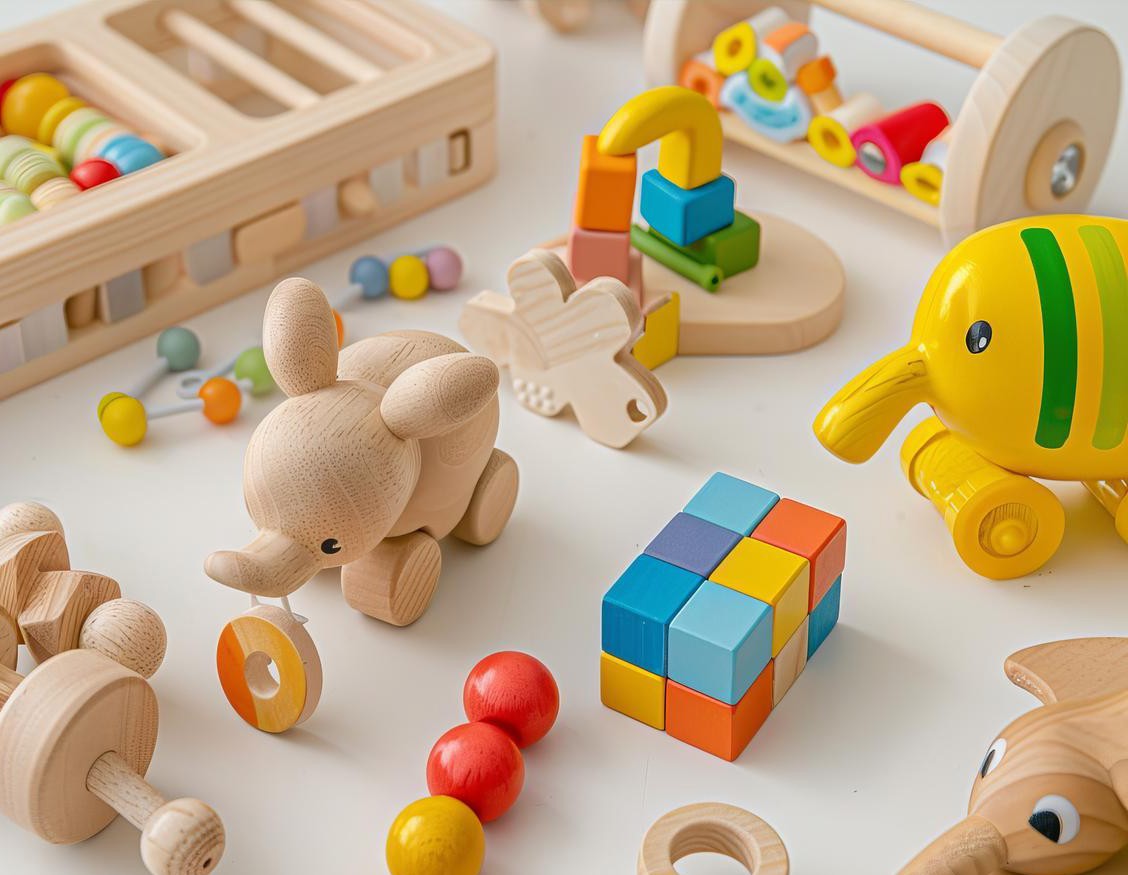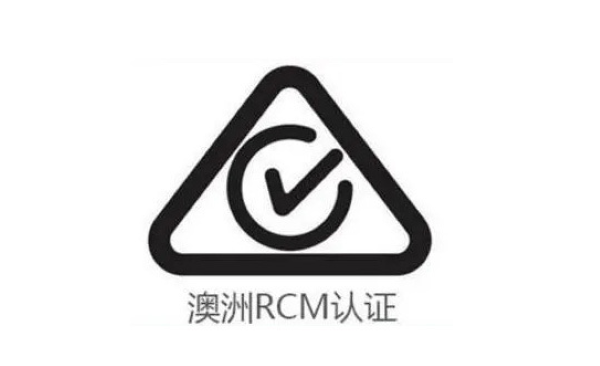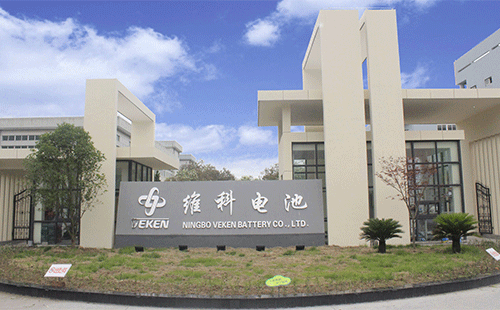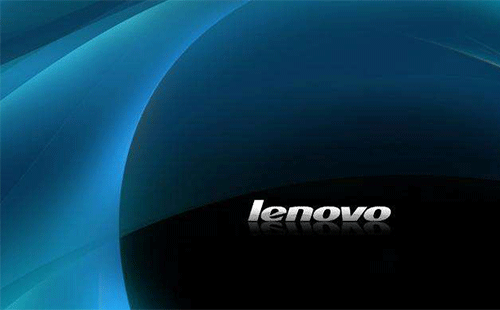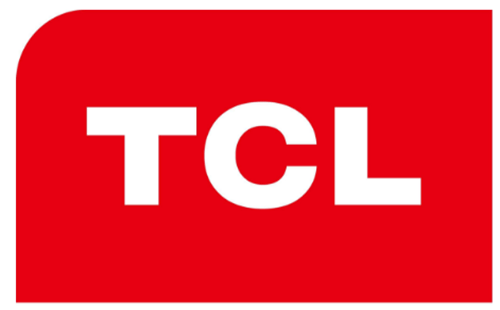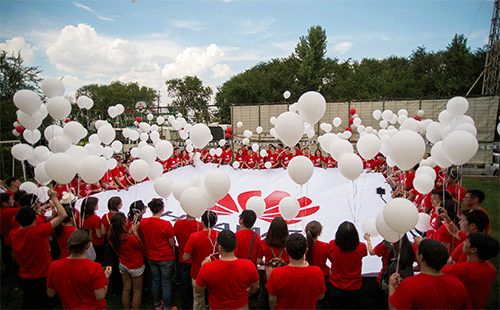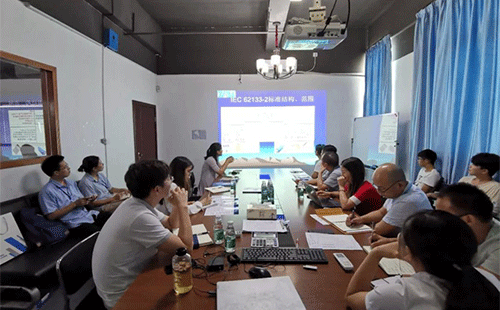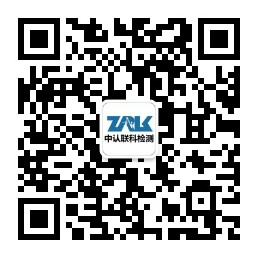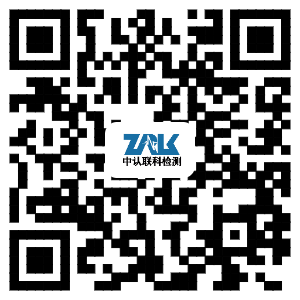Recently, the California Office of Administrative Law (OAL) officially approved the abolition of portable lighting types from the Title20 Home Appliances Regulations, effective April 25, 2023. This means that portable lighting fixtures will no longer need to meet the requirements of Title 20 regulations before being sold in California, but other regulated lighting products will not be affected. For portable lighting fixtures that use LED bulbs as light sources, bulbs still need to meet the requirements of Title 20!
All portable light fixture models in MAEDbS have been moved to the archive database
CEC has reminded via email on May 2nd that all portable light fixture models in MAEDbS have been moved to the archive database as portable light fixtures are no longer regulated by Title 20 electrical efficiency regulations. This change is included in rulemaking 22-AAER-02, which came into effect on April 25, 2023. Portable lighting fixtures no longer require compliance with Title 20 or MAEDbS certification to be sold or offered for sale in California. Therefore, all portable light fixture models have been archived for historical purposes and new certifications are no longer allowed.
Original text of CEC official announcement
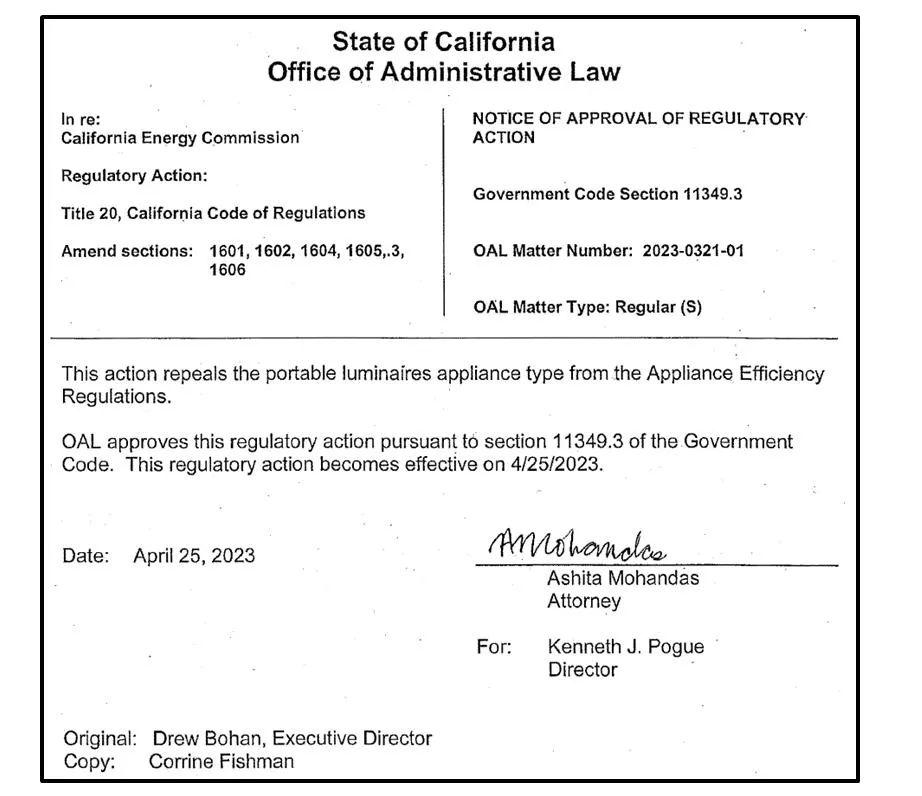
Introduction to Energy Efficiency CEC Certification in California, USA
CEC certification is an electrical energy efficiency regulation implemented by the California Energy Commission on December 30, 2005. The purpose of implementing this regulation is to improve the efficiency of electricity products, save energy, reduce gas emissions and greenhouse effects.
Which products need to apply for CEC energy efficiency certification?
The CEC certification specification requires 58 categories of products, which can be specifically divided into the following categories:
1. Power supply products: external power supply, power adapter;
2. Information products: set-top boxes, displays, etc;
3. Audio and video products: DVD players, etc;
4. Television;
5. Small battery charging system: Bluetooth earphones, Bluetooth speakers, sports bracelets, driving recorders, mobile phones, tablets, laptops, and other products with batteries;
6. Large battery charging system: products other than small charging systems;
7. Lamp products: LED lamps, fluorescent lamps, fluorescent lamp rectifiers and other products;
8. Household appliance products: refrigerators, air conditioners, washing machines, and other household appliances;
9. Transformer products;
10. Motor products.
US CEC Energy Efficiency Certification Process
1. The applicant submits a CEC certification request and provides product related information;
2. Engineers determine the standards, testing cycles, and certification fees that the product needs to execute based on product information;
3. Provide the applicant with the final quotation;
4. The applicant signs the quotation and pays the relevant CEC certification fees;
5. The applicant shall provide CEC certification samples and sample information;
6. Arrange CEC certification sample testing in the laboratory;
7. Test qualified, and the laboratory issues a CEC certification test report;
8. Submit materials, test reports, and pay relevant fees to the CEC certification and issuing agency to apply for product registration;
9. CEC certification agency accepts applications;
10. CEC certification registration completed.
Kind reminder
ZRLK 18 focuses on testing and certification of consumer electronic and electrical products, constantly monitoring regulatory changes in various countries, and providing customers with one-stop testing and certification services to ensure that your products quickly enter the target market. If you would like to learn more about the requirements for CEC Title 20 testing certification or if you have related products that need to apply for US CEC energy efficiency certification, please feel free to contact us, and our engineers will be at your service as soon as possible!



